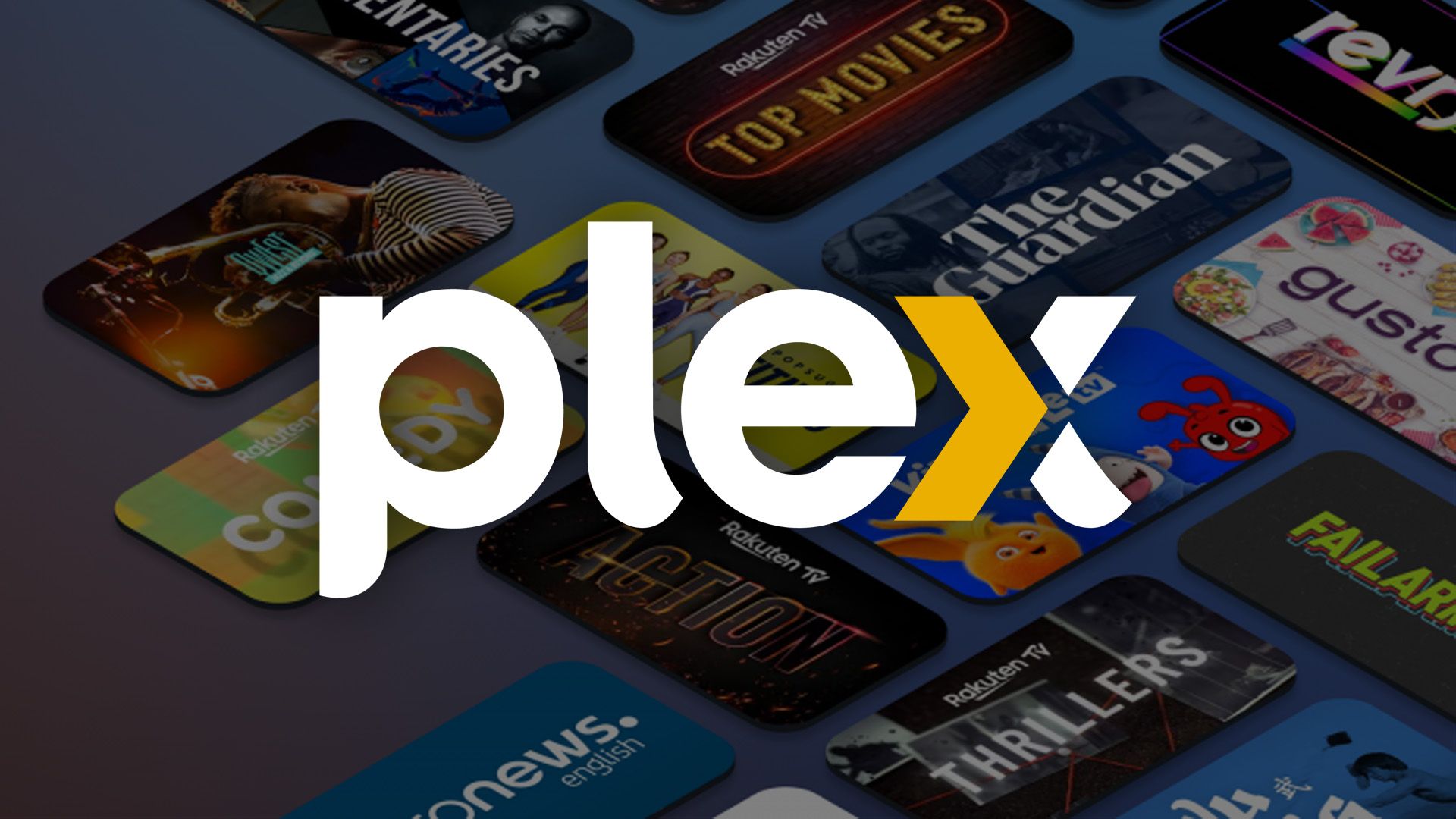#Everything We Know About Android 13 “Tiramisu” – Review Geek

Table of Contents
“#Everything We Know About Android 13 “Tiramisu” – Review Geek”

You’re still waiting for the Android 12 update to reach your phone, but Google is already hard at work on Android 13. In fact, the company is working so hard on “Tiramisu” that it’s already leaked a ton of upcoming changes and features.
So, what does Google have in store for Android 13? Will the new operating system match Android 12’s laundry list of new features and crazy theming options, or is Android 13 more of an incremental update? Here’s a quick hint—Android 13 looks like a big deal.
When Does Android 13 Launch?

We won’t have a launch date for Android 13 until later this year. But based on previous releases, we expect a stable version of Android 13 to launch alongside the Pixel 7 smartphone in Q4 of 2022—you know, between October 1st and December 31st. Google Pixel devices will probabaly get the update first, and most other smartphone brands won’t update to Android 13 until 2023.
That said, there’s a long road toward a “stable” Android 13 release. We’ll get our first real look at the OS when Google launches a Developer Preview. Google launched the Android 12 Developer Preview in February of 2021, so we assume that the Android 13 Developer Preview will arrive in February or March of this year.
The Android 13 Developer Preview will be followed by an Android 13 Beta release. Historically, Google launches these early betas during its I/O conference every May. But like Developer Previews, early Android Beta builds are very unstable and should be avoided by regular users.
Once Google works out some kinks in the Android 13 Beta, the operating system will reach “Platform Stability.” This is a fancy way of saying that the operating system is nearing completion and works fairly well. Android Betas tend to reach Platform Stability around September or August, at which point phone manufacturers may offer the Android 13 Beta update to curious users.
Which Devices Will Get Android 13?

Due to customer demand, most major smartphone brands commit to clear update schedules for all their devices. These update schedules make it easy to know which phones will get Android 13—Google says that the Pixel 4a gets OS updates until 2023, for example, so it’ll run Android 13 later this year.
According to Google’s Pixel update schedule, the Pixel 4a and all subsequent devices will run Android 13. We’re not sure if Pixel 4 or Pixel 3a devices will get the Android 13 update, though, as Google’s update guarantee for these phones ends in May and October of 2022, respectively. (Android 13 could release during or after October.)
Most Samsung Galaxy devices get three years of OS updates, so if you own a device in the S20 or S21 series, you’re set for Android 13. Those who own a Galaxy S10 will be left behind, unfortunately.
It seems that OnePlus will roll out an Android 13 update for the OnePlus 7 and subsequent flagship devices. And although LG doesn’t make phones anymore, it recently guaranteed continued support for the LG Wing and LG Velvet.
While I’d like to list every phone that might get the Android 13 update, I don’t want to drift too far into the world of speculation. Some brands just don’t commit to update schedules like they should! Anyway, it’s time to talk about some of Android 13’s features.
New Features In Android 13

The Android 12 update introduced a new look and feel to the Android operating system, plus a bevy of great new features. Unfortunately, we still don’t know enough about the Android 13 update to fully understand its size and scope.
But we do know about some new features that Google is currently testing for Android 13, and man, I’ve wanted some of these features for years. So, let’s hop to it. Bear in mind that these features are unfinished and may not appear in the Android 13 release.
Panlingual: Choose Language on a Per-App Basis

A bilingual operating system? Google is testing a new feature called “Panlingual” that allows you to set languages on a per-app basis, rather than setting a system-wide language that applies to all apps.
Now, some of your most-used apps, such as Google Maps, already offer custom language settings. But nobody wants to dig through each of their app’s settings to change its default language. Panlingual lets you do everything from one place; your phone’s settings, and it could automatically apply unsupported languages to apps using the recently developed Android 12 Translation API.
Post Notifications: Opt-In App Notifications

Why are app notifications so terrible? They’re annoying, they show up without permission, and they’re often hard to turn off (I’m looking at you, Doordash.) Google’s made some minor improvements on this front, but Android 13 may offer the solution we’ve been asking for.
A new “POST_NOTIFICATIONS” runtime permission could make all app notifications opt-in. That’s the opposite of how things are set up now, and it’s a lot less time consuming than disabling notifications on a per-app basis.
Unfortunately, I’m not 100% certain that Google will debut this feature with Android 13. We only know that the company is testing a “POST_NOTIFICATIONS” runtime permission for Android.
TARE: Battery Management Gets Intense

Battery management is one of Google’s weird little obsessions. The company releases a phone with a crappy battery life every now and then, but overall, the company does a great job building efficient products and adding new battery management tools to Android.
But Android 13’s signature battery management tool is a bit weird. It’s called TARE or “The Android Resource Economy.” It’s basically a token system—apps have to spend tokens to perform tasks when battery life is low, and if an app runs out of tokens, it can’t waste system resources. (Apps that are actively in use won’t be impacted by TARE.)
Early leaks indicate that TARE will operate through the JobScheduler and AlarmManager policies. The system sounds incredibly complex, so don’t be surprised if it doesn’t actually arrive with Android 13.
Media Tap-to-Transfer: What, Like HomePod Mini?

Our friends at XDA-Developers discovered a Google-made UI demo for Media TTT or “Media Tap-to-Transfer.” Details on this tool are a bit slim, but it appears to let Android users transfer music and other media between two devices by tapping them together. You know, like the HomePod Mini’s media handoff feature.
We’re not sure if Google will enable this feature using NFC or UWB. Either way, I have a feeling that Google will use it to enable media handoff between smartphones and smart speakers.
Bluetooth LE Audio: FINALLY!

Android 13 could finally introduce Bluetooth LE Audio to smartphones. At its core, Bluetooth LE Audio is just an extension of the Bluetooth Low-Energy protocol. It’s more energy efficient than regular Bluetooth, so it could help to increase the battery life of your phone, wireless speakers, and wireless headphones.
But that’s not all! Bluetooth LE Audio unlocks a ton of cool features, including the ability to broadcast audio to multiple devices simultaneously. It could also improve the performance of Bluetooth hearing aids and dramatically increase the wireless range of Bluetooth devices.
As you might expect, Bluetooth LE Audio runs at a lower bitrate than the Bluetooth protocols we’re used to using. But Bluetooth LE Audio isn’t a full replacement for traditional Bluetooth Audio, and besides, it’s very hard to hear changes in bitrate on a cheap pair of wireless headphones.
Other Features: Lock Screen Clock, QR Scanning, and More

Along with its notification, language, and battery-saving features, Android 13 may feature small changes to the lock screen and navigation bar. It could also include a tool to make QR code scanning easier.
At the time of writing, the Android 12 lock screen’s clock automatically switches between a “stacked” double-line layout and a more traditional “digital clock” single-line layout when there are a lot of notifications onscreen. Android 13 may let you force the clock to stay in the layout of your choice. (This may differ between manufacturers, who often put their own spin on the Android OS.)
Android 13 could also let you disable the Google Assistant shortcut that pops up when you hold the “home” button on your bottom navigation bar. It’s a much-needed change to button-based navigation in Android, and I’m surprised it’s taken this long for Google to address the issue.
Oh, and Google is testing some QR code shortcuts. Android Police discovered that Android 13 could feature a QR code shortcut in its Quick Settings menu, while 9to5Mac found a lock screen setting that lets you access your QR scanner without unlocking your phone.
Based on previous Android releases, we expect Android 13’s official launch date to land somewhere in Q4 of 2022—that’s sometime between the beginning of October and the end of December, by the way.
We’ll continue to update this article as we wait for Android 13 to arrive. In the meantime, I suggest bookmarking this page and signing up for our free daily newsletter.
If you liked the article, do not forget to share it with your friends. Follow us on Google News too, click on the star and choose us from your favorites.
For forums sites go to Forum.BuradaBiliyorum.Com
If you want to read more like this article, you can visit our Technology category.




